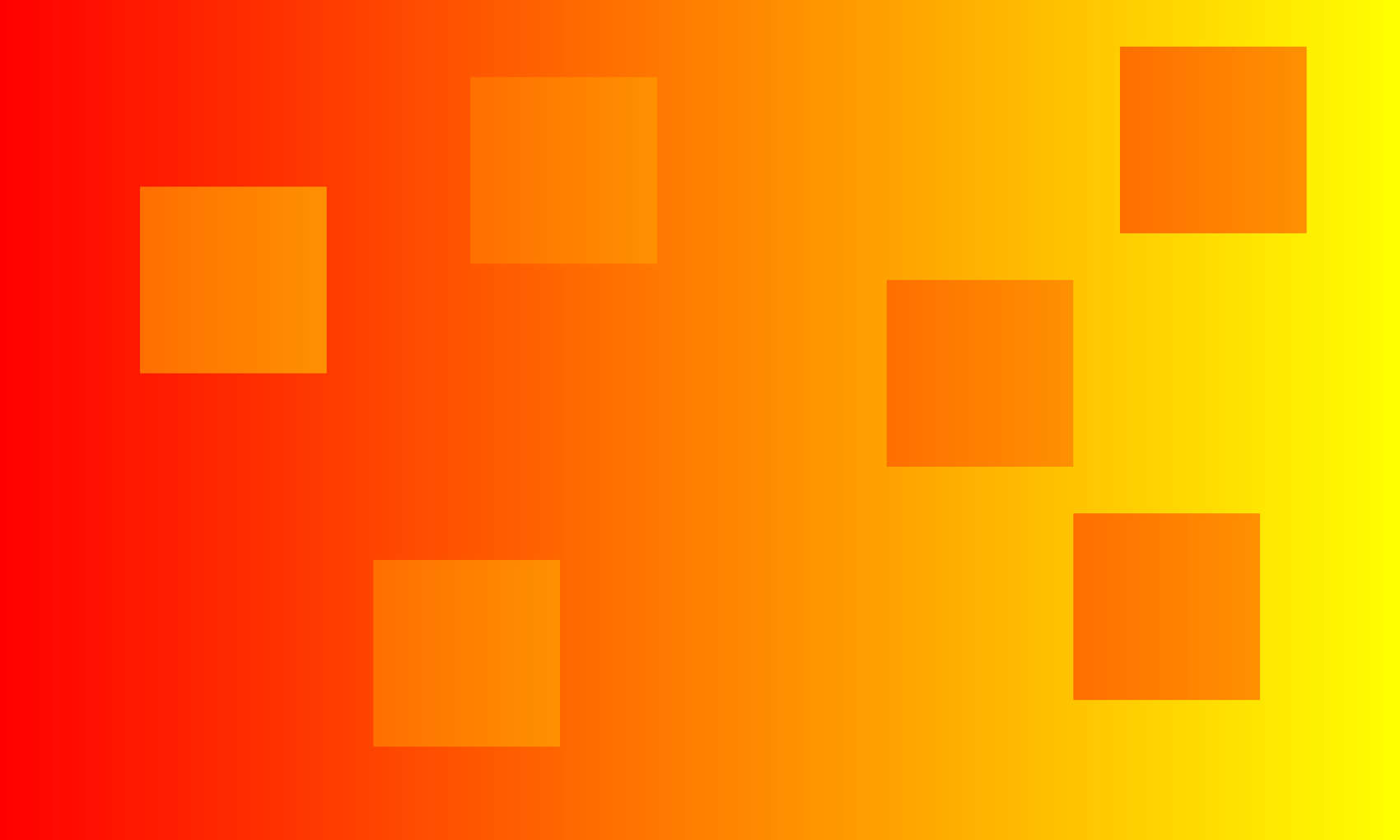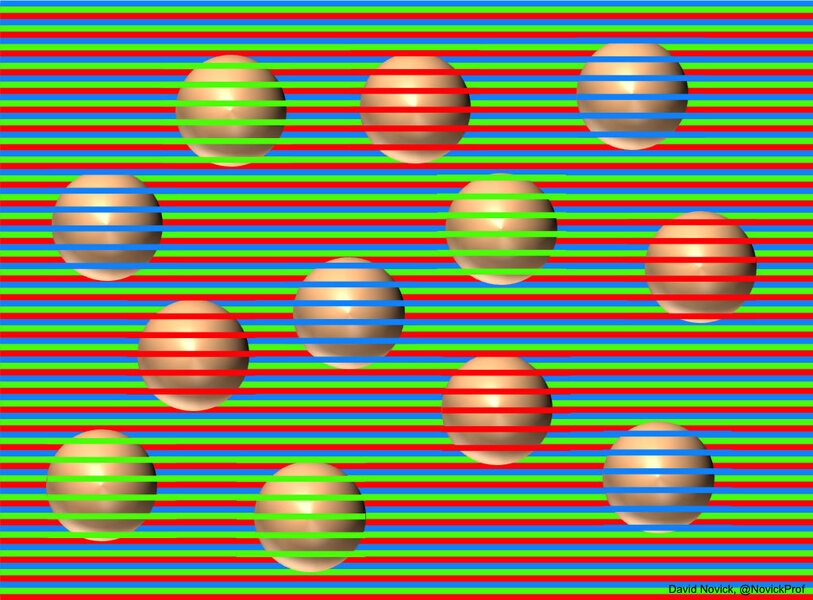Create a free profile to get unlimited access to exclusive videos, sweepstakes, and more!
Orange you glad I have another optical illusion to confuse your brain?

So who would you trust more: me, your cosmic host on this journey through the Universe; or your brain, which is a squishy lump of meat trapped forever inside a skull into which it barely fits?
Surprise! It's me.
I can prove this. For example, remember the Internet furor a few years back over a dress that some people swore was white and gold, and others furiously defended it as being black and blue?
This was a fantastic example of how messed up our brains are about color (and how tenaciously we dig in psychologically when we mistake perceived input as reality). We do see colors as absolutes under certain circumstances, but we also tend to decide on what color and what brightness an object is comparatively, literally by comparing it to colors or lighting around it.
If you don't believe me — and honestly, you shouldn't, because science is all about evidence — then let me show you something wonderful.
This short video was created by professor of psychology Akiyoshi Kitaoka, who is also quite simply a genius when it comes to optical illusions. Watch:
The video is simple: It shows a colored square being moved back and forth against a rectangle that grades from orange on the left to yellow on the right. But as the square is moved, its own color and brightness appears to change!
But it's not magic. It's your brain fooling you.
Don't believe me? Good! You're learning. But in this case it's true.
You can show this to yourself fairly easily with a variation of that video also created by Kitaoka. It looks simple enough. It also shows a rectangle that's orange on the left, grading to yellow on the right. Superposed on it in various spots are six squares of various colors and brightness, and if you've been paying attention to the past 300 or so words you'll already know I'm lying.
Yup. Those six squares are all the same.
One way to test this is to save the image, open it in some image software like Photoshop or GIMP, and then check the RGB values — the red/green/blue color value of the same piece of the squares, like the upper right corner (I get 255/144/0). You'll see all six squares are the same.
To show this another way I took the image and cut out all six squares (from left to right) and put them in a separate image:
IRONY ALERT: Mind you, the square isn't a single color/shading. It has a horizontal gradient, going from dark orange on the left (RGB: 255/111/0) to lighter orange on the right. I suspect this helps fool the eye, since a solid color would be easier to spot across a background that changes. However, as I was putting the six squares into the new image that shading really made them look different. The contrast between the right side of one and the left side of the next one had my brain doing back flips trying to perceive the squares as different. They're not. Again, you can check this by looking at the color values.
If you look at the video again you'll notice the square is clearly cut out from the center of the bigger rectangle, midway between the orange and yellow. I've been saying the right side is brighter and the left darker, but I think the brightness is actually the same, it's just that we perceive yellow as a brighter color. But that, again, is part of the irony of this: trying to figure out how this works with a brain that is susceptible to the illusion. Maddening.
Like I said, our brains judge color and brightness by comparison (this is how The Dress illusion works, too). That makes them easier to fool. Also, the process is very complicated, with photosensitive cells in your eyes called rods judging brightness and cones judging color, which pass that info along several layers of neurons and then on to the brain, which then tries to figure out just what it's perceiving.
That system is so kludged together via evolution that this example above is actually a relatively simple one that can mess it up; adding another step with multiple colors makes it worse:
Yeah, those balls are all the same color. If you like that one, here's a zigzag one that'll melt your brain as well.
Illusions like this can help us understand how the eye sees light, how the brain interprets it, and what happens in between. There's a lot of solid science in illusions like this.
But.
We live in an age where misinformation is as easy or even easier to get than misinformation. Disinformation. People lie to you all the time, and for many reasons: They want your attention, they want your money, they want you to vote a certain way, believe a certain way.
Don't believe them. Ask for evidence, and even then be careful, because our brains are just waiting to be fooled.
And finally, now that you trust me — assuming you actually did check up on my claims here — there's something you should know.
I see The Dress as white and gold.
Cue the X-Files theme.
#TrustNoOne

















